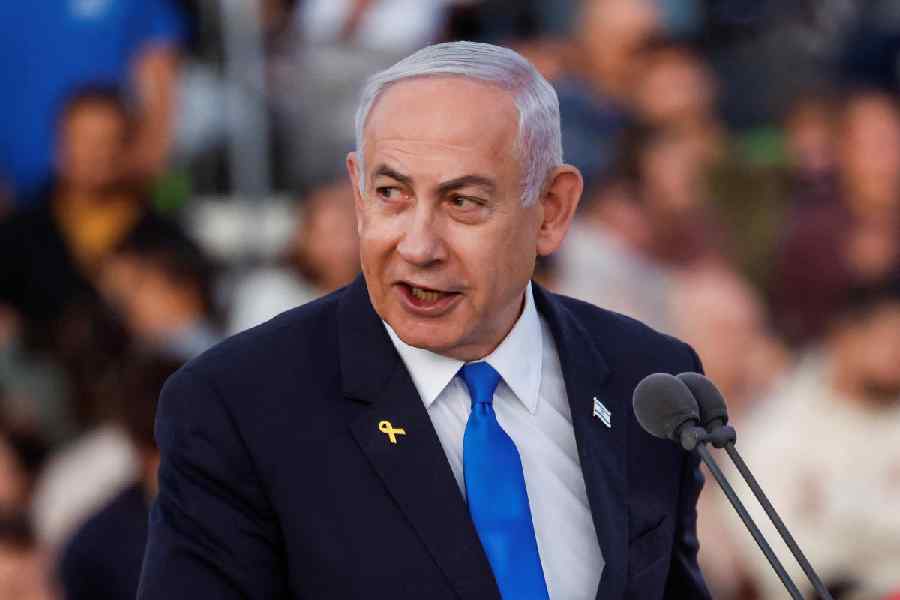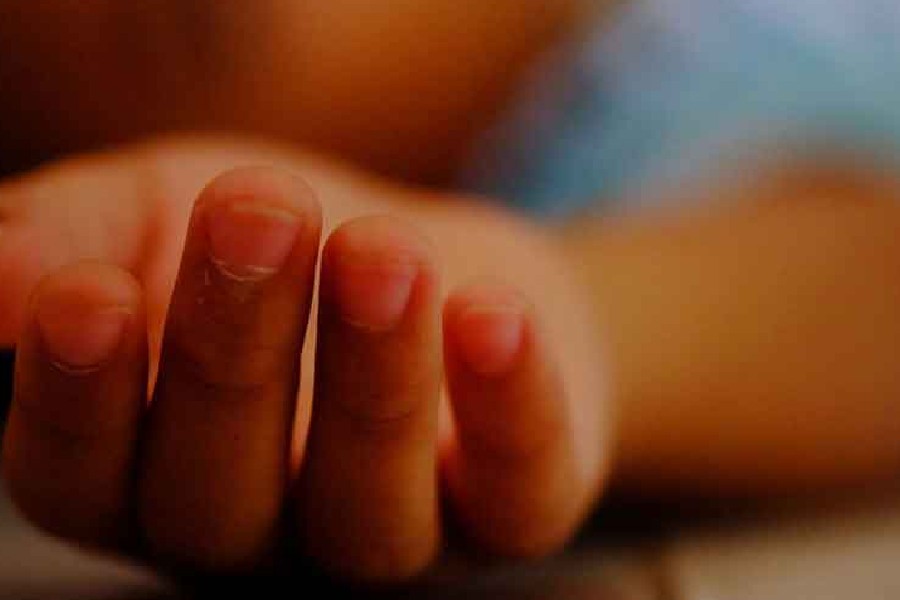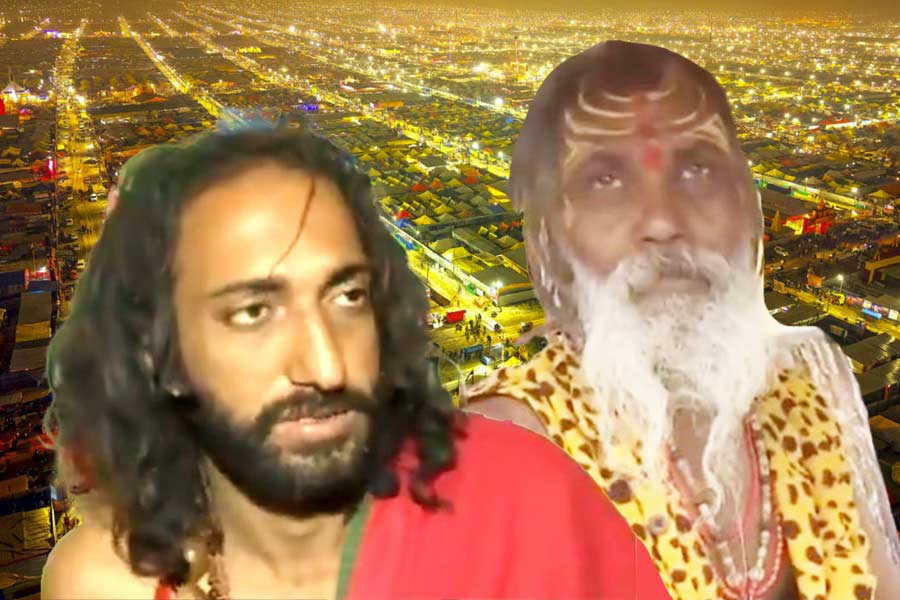In 2016, the Supreme Court had ruled that access to justice is a fundamental right. But the universality of justice does not necessarily translate to its even dispensation. This inference can be drawn from the findings of the India Justice Report 2020, a comprehensive study of the prevalent nature and reach of the legal system. The report’s examination of seven small and 18 major states has not yielded heartening results. Not even the best-performing states — Maharashtra tops the list while Telangana has climbed eight spots to the third place — scored above 60 per cent in terms of justice delivery across four crucial institutions — the police, the judiciary, prisons and legal aid — that were assessed on parameters such as human resources, budgets, personnel workload, infrastructure and representation. That glaring lacunae in these critical spheres exist even in the best-performing state indicates the challenges that confront India’s justice delivery mechanism.
The reasons behind the bottlenecks are manifold. One is the appalling number of vacancies in judges’ posts. India has one judge for every 50,000 citizens; Bengal’s lower courts have the highest number of pending cases for over a five-year period. In spite of the presence of undertrial review committees, India’s prison occupancy rate stood at a shocking 119 per cent at the end of 2019; two-thirds of the inmates are undertrial detainees. Although 80 per cent of the Indian population is entitled to legal aid, a paltry 1.5 crore people have received it in the last 25 years. Some of the other contradictions are illustrative of several deepening chasms. Maharashtra topped states in providing legal aid, but witnessed a decline in the already-meagre number of women police officers. Indeed, the representation of women across institutions has not been proportionate to scale — women comprise only 29 per cent of India’s judges — and often registers a growth in the lower ranks only. The dispensing of justice is not merely about verdicts: it must also take into consideration what constitutes the idea of justice. Problematic readings of the law and perceived governmental overreach are setting worrying precedents. The recent controversial judgments by a bench of the Bombay High Court on sexual offences against minors as well as the incident of cases of communal violence being dropped by Karnataka’s courts last year may lead to public confusion and even disenchantment.
The institutional deficits prevailing within the justice delivery system must be addressed. But that will not be all. It is crucial for its stakeholders — the police, judges and the State — to reinstate citizens’ faith in the pledge to uphold justice fairly and quickly for all.











